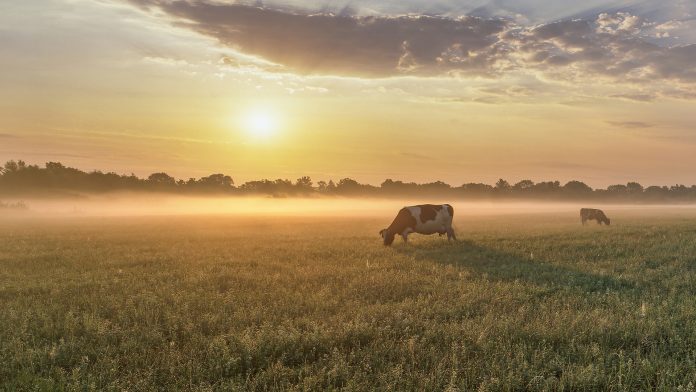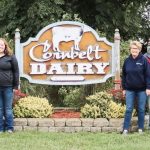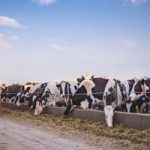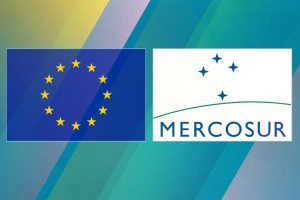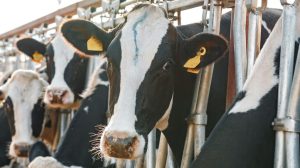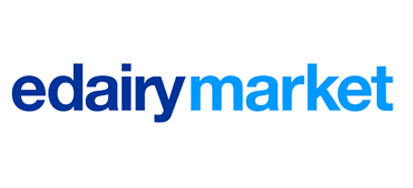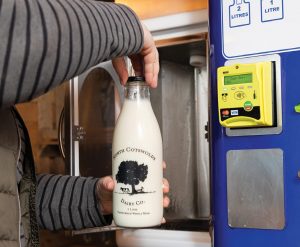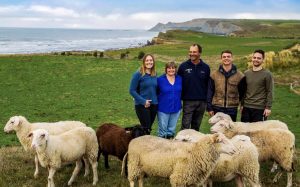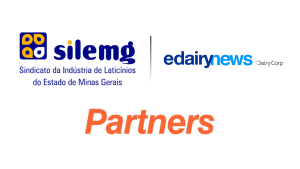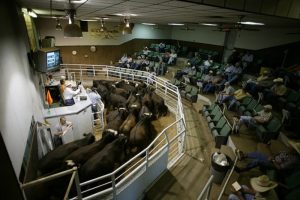
On behalf of the European Dairy Association, Peter Stamp Enemark and Katrine Lawaetz from Arla Foods discuss how Europe is supporting a sustainable dairy industry.
The European dairy industry is moving forward with sustainability at its core, driven by The United Nations’ Sustainable Development Goals (SDGs). Focusing on economic, social, and environmental growth, the dairy sector will play a key role in achieving these goals.
As the voice of the European milk processing industry, the European Dairy Association (EDA) is instrumental in helping guide and accelerate the dairy sector’s sustainability journey. The EDA supports dairy farmers as they continue to adopt sustainable practices to reduce their environmental impact.
Representing the European Dairy Association, Peter Stamp Enemark, Chief Specialist – Animal Welfare at EDA member Arla Foods, sat down with The Innovation Platform to discuss how European dairy farmers are being supported to meet sustainability goals. Peter was also joined by his colleague, Katrine Lawaetz, Chief Veterinary Specialist at Arla Foods.
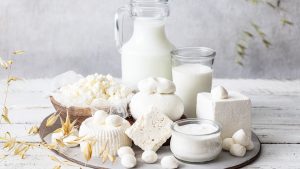
How is the European dairy industry adapting to meet sustainability goals?
Peter Stamp Enemark (PSE): The whole sustainability journey has changed significantly over the years. When Arla first started its sustainability journey around 15 years ago, the concept of sustainability was very broad. We looked at a lot of different aspects in the sustainability journey and worked on how to make it as tangible as possible for both the dairy production industry and our farmers. We created a Sustainability Team to develop our goals and inform actions on farms.
Arla now has a tool for farmers, known as FarmAheadTM Check, that can help determine their CO2 emissions per kilogramme of milk produced. Farmers input their numbers and actions, and the tool then uses the collected data to compile a visual report showing their strengths, as well as areas for improvement. The FarmAheadTM Check also offers advice to farmers on how they can move forward in their sustainability transition. Using the toolbox, Arla farmers will be rewarded for the steps they have taken and will be able to identify the most effective next steps. The more action they take, the more they are paid for their milk.
I believe that the idea of sustainability is more focused on climate today, but we are also branching into another direction to include other aspects of sustainability, like animal welfare and the kind of environment the farmers provide for their employees. To gain a broader picture of what sustainability is when it comes to Arla, we are now also discussing the introduction of areas including biodiversity, nature, and regenerative nature.
Katrine Lawaetz (KL): We cannot talk about sustainability without talking about animal welfare. Sustainability on a farm is far more than just our climate reporting and the efficiency and production. It is also about the way that farmers are working with the animals, having a satisfying work-life balance, and the way that they see themselves with a livelihood as a farmer.
Although it is not as big of an issue in Europe as it is in other places, we still hear of farmers and vets having trouble recruiting labour. That is linked to the entire narrative around farming and how we work with animals – having the satisfaction of working with healthy animals who are thriving and have the welfare that we would like them to have.
What key actions do farmers need to take to improve the way that they farm and produce dairy sustainably?
PSE: In principle, it can be very simple. As long as you keep your animals healthy, you keep them productive.
The good thing about CO2 is that it can be an indicator of effective production. It’s a greenhouse gas, but it is also an output that shows whether the farmers are doing things efficiently. The report created by farmers using the FarmAheadTM Check tool will then typically show where they can improve.
We identified that the main area for improvement is feed efficiency. Our data found that more than 40% of the farmers’ CO2 emissions come from feed and the handling of feed. The storage of feed and feed efficiency for the animals are so important. Additionally, the handling of manure is a key consideration to ensure that ammonia is not going into the air. It is crucial to enforce the safe handling of manure, from the animal into storage.
Another area we are investigating is where the farmer gets their energy from. Is it biogas? Is it renewable energy sources?
We also expect there to be a lot of research happening into the impact that farm handlings have from a quality and quantity point of view. Can we measure it in a way that is reliable and trustworthy? I think this is still a big challenge when we are looking into the whole assessment of how to calculate CO2, as there are different kinds of models for recording this data, developed by different research institutions and private companies.
KL: Looking at the entire chain through a farm, we don’t have the same diseases or predators in Europe as they have in other countries or continents. However, we do see a loss of animals, and I think that is something that the dairy sector needs to address. How can we use and keep those animals in ways that make sense? Instead of taking the bull calves away, as they used to do years ago, today many farmers are using breeding programmes to enhance the effectivity and genetics in their own herd by using sexed semen from high producing bulls to keep their herd moving forward with the right genetic effects. On the other hand, because we know that there are cows that may not add anything of value to their breeding programme, we can use a bull from a beef breed – creating a cross-bred bull calf that will then go into the European meat production. This will enable circular production in the animals that we already have here. A lot of innovation is happening in these areas currently.
That is a part of the feed efficiency on the farm that we still don’t really know how to handle. We know that young stock is eating a lot of food and they are not paying with the milk, and therefore some farms would prefer only to have the heifers they need on the farm. But we still need to find a way to handle the feeding of the bulls and then create locally-produced meat, instead of importing very expensive meat from South America where the CO2 pressure is quite different per kilogramme. And in the entire process of efficient farming, not forgetting that grazing cattle plays a vital role in the ecosystems in areas where the land cannot be farmed for crops.
How can the European Commission and governments support farmers and the dairy industry on the whole to reduce its carbon footprint?
PSE: The key word here is support. When it comes to legislation, farmers can see this more as a restriction than a benefit. I think it is important to build a framework for farmers to act upon, rather than imposing legal requirements.
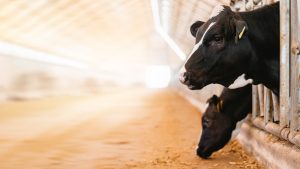
If you can explain to farmers why certain practices are worth implementing and they can understand it, it is easy for them to adapt to these new ways of operating. It is also a question of fairness, because farms can be very different in different parts of Europe. For example, a farm in the UK has grass all year round, whereas a farm in the northern part of Sweden only has grass for a few months. Therefore, building a tailored scope for farmers to act on is critical.
What role can innovation play in helping the dairy sector to be more environmentally friendly?
PSE: We are looking into how technology can help us to better assess animals’ health and welfare. At present, animal health indicators can be very subjective and can depend on the auditor or farmer looking at the animals. Even when following the same guidelines, the results obtained can be very different. Therefore, innovation in technology to measure animal behaviour and performance could be hugely beneficial, particularly when it comes to establishing preventative actions. For example, technology that could help a farmer to detect a potential lame or sick cow at an early stage could help the farmer to put in the right actions to handle it. The feed efficiency would also be higher, as the animal would not need energy to recover or to feed against illness. As I said before, feed efficiency is one of the most important parts when it comes to CO2 emissions produced per kilo of milk. Happy cows are so important when it comes to the whole sustainability journey and climate.
You can now read the most important #news on #eDairyNews #Whatsapp channels!!!
🇺🇸 eDairy News INGLÊS: https://whatsapp.com/channel/0029VaKsjzGDTkJyIN6hcP1K
